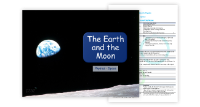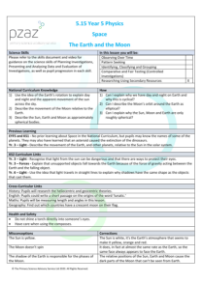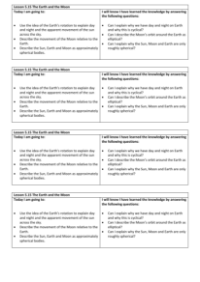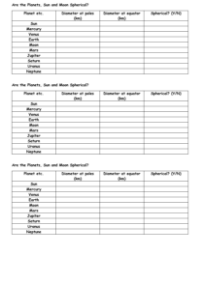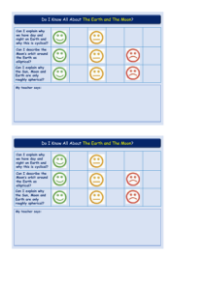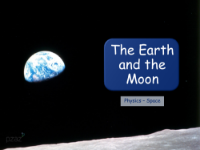The Earth and the Moon - Teacher Explanation

Science Resource Description
Welcome to Lesson 5.15, where Year 5 students embark on an astronomical journey to understand The Earth and the Moon as part of their Space Unit. This lesson aligns with national curriculum objectives, helping pupils grasp the Earth's rotation and its role in the cycle of day and night, as well as the apparent movement of the Sun across the sky. Students will also explore the spherical nature of the Earth, Moon, and Sun. Safety is paramount; hence, when using torches, it's crucial to avoid shining them directly at anyone's face or looking into them, and caution is advised with the pointed ends of compasses. The lesson offers a rich tapestry of cross-curricular links, including historical research into heliocentric and geocentric theories, linguistic exploration of the term 'lunatic', mathematical measurement of lengths and angles, and geographical investigation into flags featuring the Crescent moon.
Throughout the lesson, pupils will engage in practical activities using globes, torches, and even alternatives like marked oranges to represent the Earth, illustrating the tilt of the Earth's axis and the concept of day and night. The lesson also delves into the historical perspectives of our solar system, encouraging students to create presentations on the shift from geocentric to heliocentric models, influenced by figures like Aristotle, Copernicus, and Galileo. Further hands-on experiments include modelling the moon's orbit, using materials such as polystyrene balls to demonstrate the elliptical path and the effects of gravity. Additionally, students will craft a visual representation of the moon's phases with Oreo cookies, and construct a more complex model to visually demonstrate these phases, fostering an understanding of the moon's appearance from Earth. Finally, pupils will examine the spherical shapes of celestial bodies, measuring and comparing dimensions to understand why these bodies are not perfectly spherical but rather oblate due to their rotation. The lesson concludes with a reflection on the activities, encouraging students to enjoy the learning process and look forward to future explorations.

